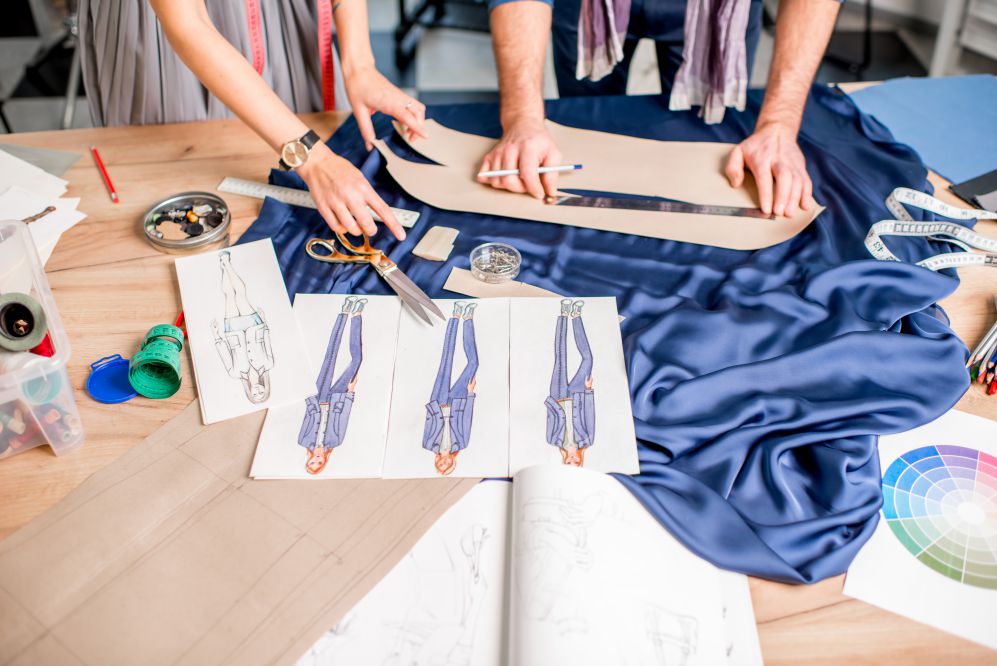Corrugated cardboard, also known as corrugated fiberbord or simply cardboard, is the most widely used packaging material. Its low production cost, great mechanical properties and an overall good strength make it perfect to manufacture cardboard boxes of all kind and shape.
Generally, corrugated cardboard is manufactured by a mechanical processes. Tools such as blades, die boards or routers are used to create the profile the overall shape and to score the lines along which the folds will we made.
Mechanical processes are solid and reliable and have a long history. Yet they also have some major drawbacks:
- lack of flexibility toward changes
- limited range of admitted tolerances
- high risk of producing unwanted damage to the material
- generation of waste under the form of trimmings or dust
Plus, all mechanical manufacturing processes involve contact, meaning that the tools have to physically touch the surface of the material to achieve the desired transformation.
Laser technologies can overcome all those drawbacks. Laser cutters can cut shapes at high speeds and with higher degree of precision. Let’s give a general overview of the process.
Cutting cardboard with laser
The main advantages of CO2 laser fabrication derive from the fact that laser technologies are a non-contact process.
A single laser laser beam can easily engrave, cut or drill a panel of corrugated cardboard. Thanks to the properties of cardboard, the results are great. The interaction between the laser beam and the material puts in place a sublimation process: it basically means that the laser beam makes the material evaporate, achieving a precise cut.
This is a key feature of laser material processing. First of all it allows great processing speed: all things being equal, a laser cutting system is many times faster than a die-cutting machine.
A laser can achieve the same operations at a speed of thousand of meters per minute. This without compromising the quality of the cut, which always remains excellent.
Another advantage of laser material processing is its flexibility. With traditional machining process, you cannot easily change the cutting geometry.
Changing the cutting shape comes with a cost: it means changing the cutting tool. A manufacturer can hardly start a new productionrun unless it guarantees a return on the investment.

With laser material processing, changing a cutting geometry is way easier. It’s just a matter of minutes and only requires the time to load the drawing of the new geometry in the control software.
Also, a laser works like a multitool. Cutting and engraving can be accomplished with the same tool. A single laser source can perform both operations. Laser engraving is especially useful in the packaging industry, where codes of all kind need to be stamped on the packaging itself in order to comply with regulations or for logistical reasons.
This means that a CO2 laser cutting machine can conveniently process a batch of 5000 or 100.000 pieces cardboard panels of different shape.
Laser technologies can help a packaging produce meet the needs for custom products with small number of pieces. They also make possible the rapid prototyping approach for new packaging products.
A third advantage of laser technologies for cardboard manufacturing is that they don’t produce almost any waste. Laser processing is very clean: cuts and other processes are achieved without producing any scrapes, dust or other waste product, allowing for green production and better work environment.
The lack of those waste products means that the cuts obtained are of the best quality: a CO2 laser produces cuts with smooth and compact surfaces. Unlike mechanical fabrication, it does not affect the fibers of cardboard and paper: therefore the material structure remains untouched, resulting in a reduced possibilities of damaging the material.
Mechanical methods are subject to wear. The use of worn out tools reduce the quality of the product: that’s why the tools have to be periodically replaced or repaired. Those operations slow down the production process resulting, increasing the production costs. On the opposite, a laser will always be a sharp cutting tool, thus always allowing the best quality of the process.
So can you laser cut cardboard?
The answer is yes, you can. And you should. Laser technologies are the perfect tool for cutting and engraving corrugated cardboard. The laser is a fast, flexible and green tool. It allows a manufacturer to satisfy all the requests of customers: a characteristic that is essential for a company operating in the economy dominated by the paradigm of the long tail. Customers are now looking for a different approach, where the priority is given to tailor made products and respect for the environment.
A new approach requires new tools, more flexible and accurate. The tools that let manufacturers control their costs without sacrificing quality the quality are the tools of the future.
Basically, an industry based on mechanical machining was typical of an era and for a market where manufacturers marketed their products and customers were obliged to pick from what the market had to offer.
Contact us
Do you need to cut or engrave cardboard at an industrial scale and you think that laser could be a good option? Contact us: we have a long experience in designing and manufacturing a wide range of laser systems for cutting and engraving corrugated cardboard.




